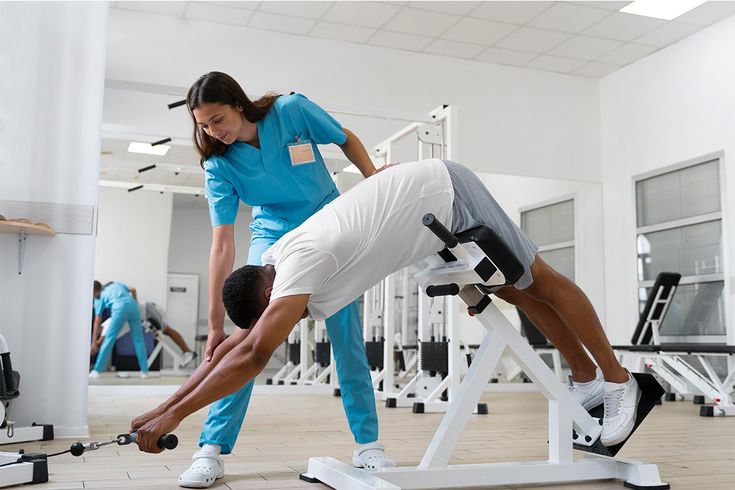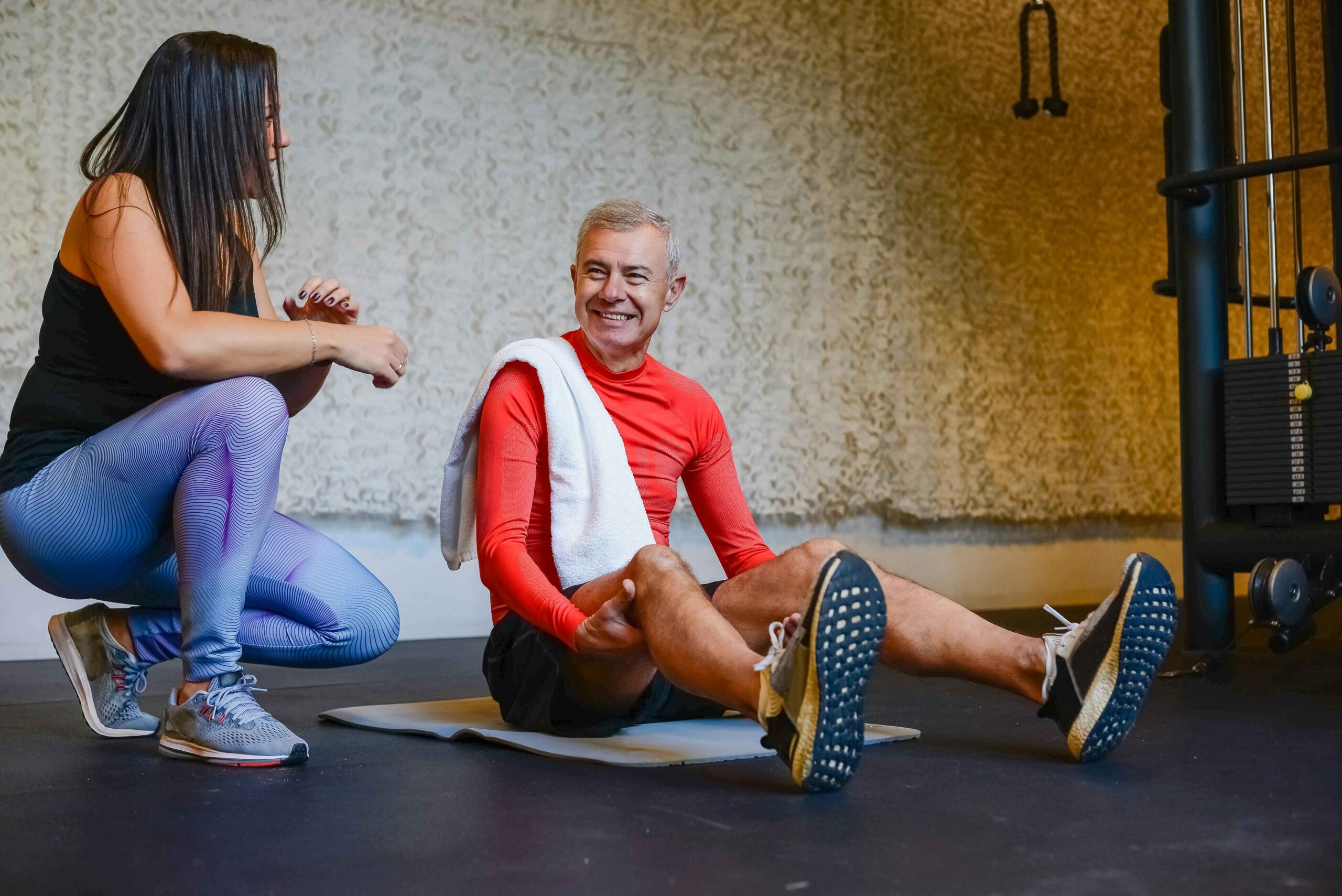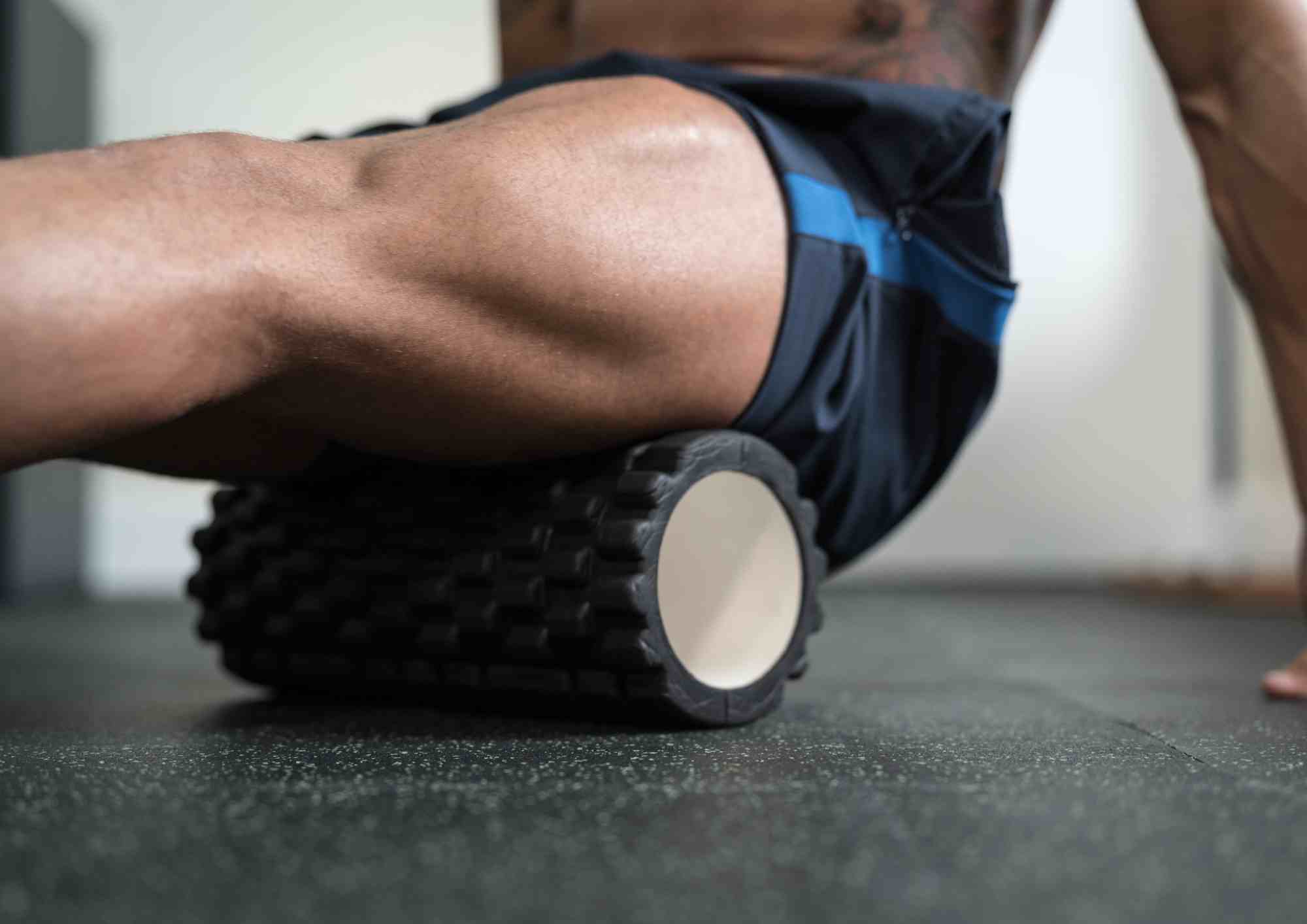

Introduction
Pickleball, one of the fastest-growing sports worldwide, combines elements of tennis, badminton, and table tennis. With its explosive bursts, quick pivots, and strategic movement, pickleball offers a fun and engaging workout, but it also carries the risk of injury. As more people of all ages flock to the courts, the demand for effective recovery solutions is rising. This is where Sports Physiotherapy plays a crucial role. Whether you’re a weekend warrior or a competitive player, the right physiotherapy approach can significantly speed up recovery, restore function, and prevent future injuries.
Sports Physiotherapy focuses on the assessment, diagnosis, treatment, and prevention of sports-related injuries. In the context of pickleball, common conditions like rotator cuff injuries, ankle sprains, tennis elbow, and knee strains are frequently seen. A skilled sports physiotherapist can tailor a rehabilitation plan to your unique biomechanics and sport-specific demands. This ensures optimal healing, improved performance, and greater longevity in your athletic journey. With a combination of manual therapy, targeted exercise programs, education, and return-to-play strategies, Sports Physiotherapy is indispensable for any pickleball enthusiast looking to recover properly and stay in the game.
Understanding Pickleball-Related Injuries
Despite being relatively low-impact compared to contact sports, pickleball’s repetitive motions and quick directional changes put strain on multiple joints and muscle groups. Consequently, injuries typically occur due to overuse, poor technique, inadequate warm-up, or simply accidents on the court.
Most common injuries in pickleball include:
- Rotator cuff tendinitis or tears – caused by repetitive overhead motions during serves and smashes.
- Lateral epicondylitis (tennis elbow) – a common overuse injury from swinging the paddle.
- Achilles tendinitis – often results from quick stops and starts.
- Ankle sprains – frequently happen during abrupt changes in direction.
- Meniscus injuries or patellar pain, especially in older athletes with existing joint degeneration.
Addressing these injuries early with Sports Physiotherapy can mean the difference between a quick return to play and a prolonged recovery period. For more on relevant conditions, explore our Conditions Page.
The Role of Sports Physiotherapy in Recovery
Accurate Diagnosis and Individualised Assessment
A detailed assessment is the foundation of an effective recovery plan. Sports physiotherapists will evaluate your movement patterns, strength imbalances, flexibility, posture, and biomechanics. For pickleball players, they also consider sport-specific actions like lunges, lateral shuffles, and paddle swings to identify potential contributors to your injury. As a result, this targeted analysis ensures a precise recovery roadmap.
Manual Therapy and Pain Relief Techniques
Hands-on treatments such as joint mobilisations, soft tissue massage, dry needling, and trigger point therapy can help reduce pain, improve range of motion, and restore joint mobility. For pickleball athletes, this might include techniques to address shoulder stiffness, elbow pain, or tight calf muscles. When combined with other modalities, these methods accelerate healing.
Therapeutic Exercise Programs
Targeted strengthening and stretching exercises form the core of Sports Physiotherapy. A customised program for a pickleball injury could include:
- Eccentric strengthening for tendons (e.g., rotator cuff or Achilles tendon)
- Balance and proprioceptive training to reduce ankle sprain recurrence
- Core stability exercises to enhance court movement and prevent lower back strain
Progressively challenging exercises ensure you recover safely while rebuilding resilience and sport readiness. Additionally, you might explore our Spine & Core Rehabilitation Programme for added support.
Sport-Specific Conditioning
Beyond general rehab, a key component of Sports Physiotherapy is helping athletes return to their sport at full capacity. Therefore, your physiotherapist may simulate game-like scenarios and drills to retrain the body under real conditions. This is especially important in pickleball, where timing, agility, and coordination are critical.
Education and Injury Prevention
Education on biomechanics, proper warm-up routines, equipment use (like the right shoes or paddle grip), and court awareness is essential. Sports physiotherapists guide players on body mechanics that reduce strain and prevent recurring injuries. Moreover, continuous learning ensures long-term success in your athletic journey.
Preventing Future Injuries in Pickleball
Recovery doesn’t end once the pain subsides. In fact, ongoing preventive strategies are vital for long-term health and performance. Here’s how Sports Physiotherapy supports injury prevention:
- Movement screenings to detect and correct imbalances
- Functional training tailored to your level and playing style
- Advice on rest and recovery cycles, especially for older players or those with underlying joint conditions
- Education on footwear, playing surface, and load management
Incorporating these elements into your training can dramatically lower your injury risk and enhance your enjoyment of the sport.
Case Example: Rehabbing a Shoulder Injury
Consider “Linda,” a 52-year-old recreational pickleball player who developed shoulder pain after increasing her weekly playtime. She was diagnosed with rotator cuff tendinitis. Her Sports Physiotherapy plan included:
- Soft tissue mobilisation and dry needling to reduce muscle tightness
- A progressive rotator cuff strengthening program using resistance bands
- Postural re-education and ergonomic advice on paddle grip and swing mechanics
- Court-specific drills at week 5 of rehab to reintroduce overhead movement safely
Within 6 weeks, Linda returned to play with improved control and reduced pain and more importantly, with strategies to avoid flare-ups in the future.
Frequently Asked Questions (FAQs)
1. How soon should I start Sports Physiotherapy after a pickleball injury?
You should ideally begin Sports Physiotherapy as early as possible after injury. Early intervention helps reduce inflammation, limit complications, and accelerate recovery.
2. Can Sports Physiotherapy help prevent injuries even if I’m not currently injured?
Absolutely. Sports Physiotherapy includes preventive strategies such as movement screening, strengthening weak areas, and correcting biomechanical faults that could lead to injuries.
3. How long does it take to recover from common pickleball injuries with physiotherapy?
Recovery time varies depending on the severity of the injury. However, with consistent sessions and adherence to a personalised program, many players see improvement within 4 to 8 weeks.
4. Do older adults benefit differently from Sports Physiotherapy?
Yes, older players often need tailored programs that consider slower tissue healing, joint degeneration, and balance challenges. Sports Physiotherapy provides age-appropriate care for safe and effective recovery.
5. What should I expect during a Sports Physiotherapy session?
Expect a comprehensive assessment followed by hands-on treatments, guided exercises, sport-specific drills, and education on injury prevention and recovery strategies.
Why Sports Physiotherapy Matters More Than Ever
Pickleball’s popularity among older adults makes injury management even more important. Unlike younger athletes, older players may have pre-existing musculoskeletal issues, slower tissue healing, or lower baseline fitness. Sports Physiotherapy offers age-appropriate care, helping these players stay active while minimising risk.
Moreover, with competitive leagues and tournaments on the rise, performance demands are increasing. Players looking to improve agility, power, or endurance also benefit from a physiotherapist’s guidance to train smart and play safely. For more advanced performance goals, our Strength & Conditioning Programme may also complement your rehab plan.
Conclusion: Invest in Your Recovery and Performance
Whether you’re just starting or aiming for a pickleball championship, Sports Physiotherapy is your key ally in both injury recovery and performance enhancement. From acute treatment to preventive care and return-to-sport planning, physiotherapists bring the tools, knowledge, and hands-on expertise needed for a complete and confident recovery.
If you’re nursing an injury or want to protect your body for the long run, don’t wait. Consult a certified Sports Physiotherapist at Synapse and get back to the game you love stronger, smarter, and more resilient than ever.
Tags :

Back & Neck Pain
- Spine & Core Rehabilitation
- Strength & Conditioning Programme
- Pain Management
- Biomechanical Assessment
- Sports Physiotherapy
- Group Class
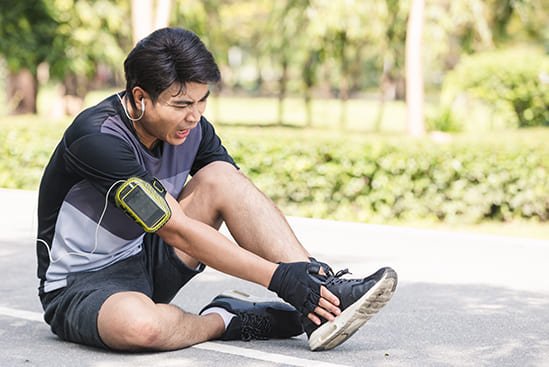
Sports Injuries
- Strength & Conditioning Programme
- Pain Management
- Biomechanical Assessment
- Sports Physiotherapy
- Shockwave Therapy
- Group Class

Work Desk Injuries

Pre-Post-Surgical Conditions

Scoliosis & Postural Abnormalities

Neurological Conditions
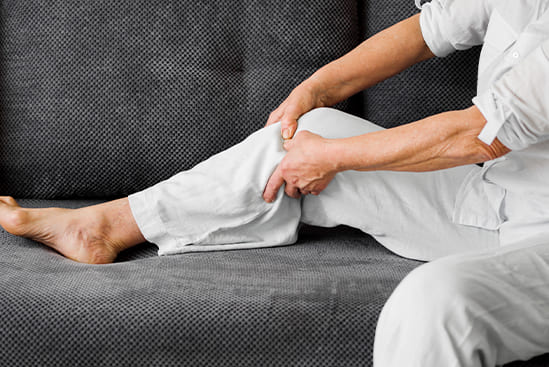
Osteoarthritis & Rheumatism
Joint degeneration and inflammation happens as the human body grows older, but that does not mean our way of life degenerates as well. Relief your joint pains with a joint effort together with your physiotherapist, who will provide pain-relief treatments and prescribe exercises for your wellbeing.

Conditions Relating To Elderly
Common conditions in the older age population include hips & knee pain, back & neck pain, osteoarthritis, rheumatism, fear of falling and many more. Aging and degeneration of bodily function is inevitable, but here at Synapse, we will help you live the best of your life.


